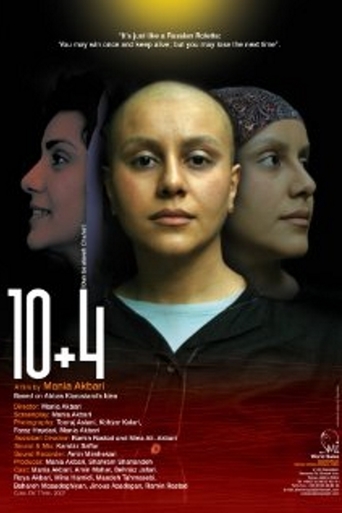Brenda
The plot isn't so bad, but the pace of storytelling is too slow which makes people bored. Certain moments are so obvious and unnecessary for the main plot. I would've fast-forwarded those moments if it was an online streaming. The ending looks like implying a sequel, not sure if this movie will get one
Sarita Rafferty
There are moments that feel comical, some horrific, and some downright inspiring but the tonal shifts hardly matter as the end results come to a film that's perfect for this time.
Yavar Ghahreman
Dah Be Alaveh Chahar - (AKA 10 + 4, 2007) - represents a sequel to Abbas Kiarostami's 2002 art-house hit 10. This outing, however, is directed not by Kiarostami but by his lead actress from the earlier film, Mania Akbari, essaying both her second directorial credit and the lead role in this picture. As in the first installment, Akbari spends her screen time as an unnamed character, driving a car and conducting long conversations with passengers - including her son, her sister and others. Yet here, she's suffering from a terminal cancer that is slowly worming its way through her body. When it renders her completely incapacitated as a driver, she moves to the backseat and conducts her conversations from that locale. In fact, the cancer in time becomes so advanced that it begins to direct the woman's movements, actions and film making; throughout the picture, the film's point of view never takes its gaze off of the female subject. ~By:Nathan Southern, Rovi

